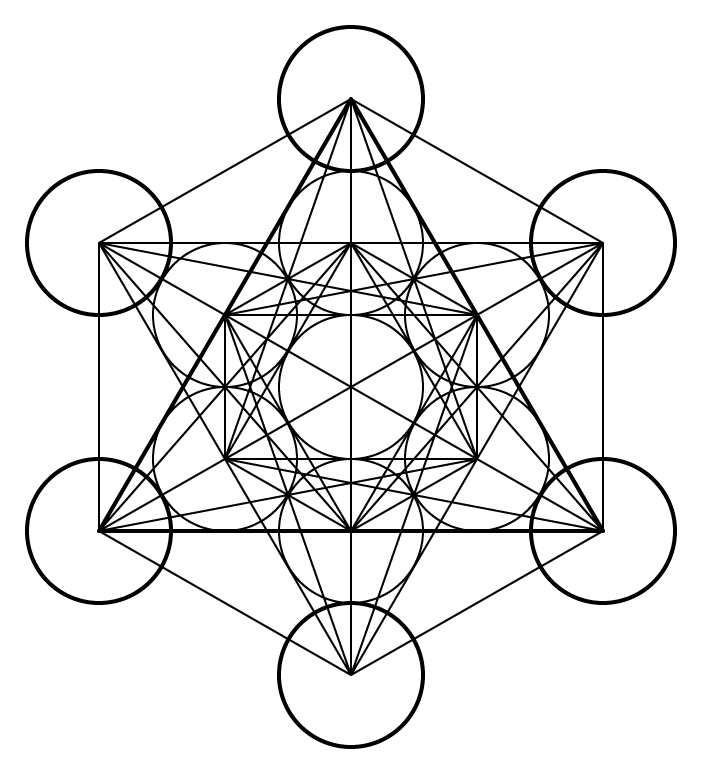Vermiculite is a hydrous phyllosilicate mineral belonging to the micaceous group of minerals. It is characterized by its platy, flaky appearance and its unique property of expanding when heated, giving it a worm-like or “vermicular” appearance. Vermiculite exhibits a pearly to vitreous luster and can range in color from golden brown to silver, depending on its composition and impurities.
Usage
Vermiculite has a wide range of applications due to its exceptional properties, such as its ability to expand when heated, its lightweight nature, and its excellent water and nutrient retention capacity. It is commonly used as a soil amendment in horticulture and agriculture, providing aeration and moisture retention in potting mixes and garden beds. Vermiculite is also employed in the construction industry as a lightweight aggregate in concrete, plaster, and insulation materials. Additionally, it is utilized in various industrial applications, such as fireproofing, soundproofing, and as an absorbent for hazardous materials.
Gemstone
Vermiculite is not considered a gemstone due to its softness, tendency to cleave into thin sheets, and its lack of transparency or attractive coloration.
Origin
Vermiculite is formed through the weathering and hydrothermal alteration of biotite or phlogopite mica, which leads to the formation of a layered structure that can expand when heated. This expansion is due to the presence of water molecules trapped between the layers, which turn to steam and cause the mineral to swell when heated.
Occurrence
Vermiculite deposits can be found in various geological environments, such as ultramafic rocks, metamorphic rocks, and hydrothermal veins. Notable deposits of vermiculite are located in South Africa, China, Brazil, the United States, and Russia. These regions offer the geological conditions necessary for the formation of vermiculite, such as the presence of biotite or phlogopite mica and the occurrence of weathering or hydrothermal activity.
Metaphysical
In metaphysical and spiritual practices, vermiculite is believed to possess grounding and nurturing properties. It is said to help individuals connect with the Earth’s energies, promoting stability, patience, and a sense of belonging. Vermiculite is also thought to encourage personal growth and development, assisting individuals in overcoming obstacles and embracing change. Additionally, it is believed to aid in the absorption and release of negative energies, promoting emotional healing and balance.
| Class | Phyllosilicates |
| Formula | (Mg,Fe,Al)3(Al,Si)4O10(OH)2·4H2O |
| Luster | Pearly to vitreous |
| Hardness (Mohs) | 1.5 – 2 |
| Streak | White to light brown |
| Color | Golden brown to silver |
| Cleavage | Perfect basal cleavage |
| Specific Gravity | 2.4 – 2.7 |


